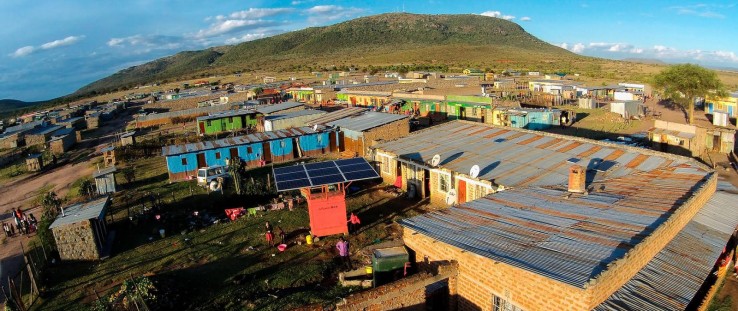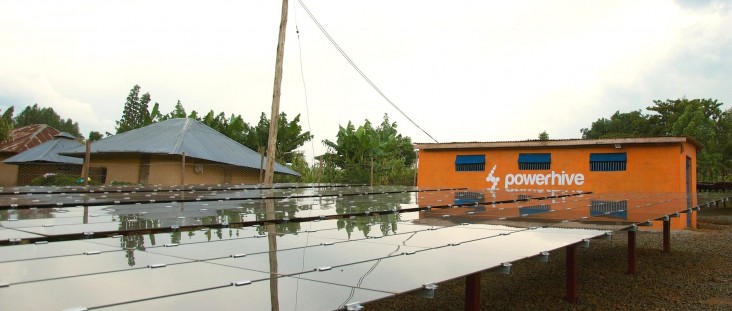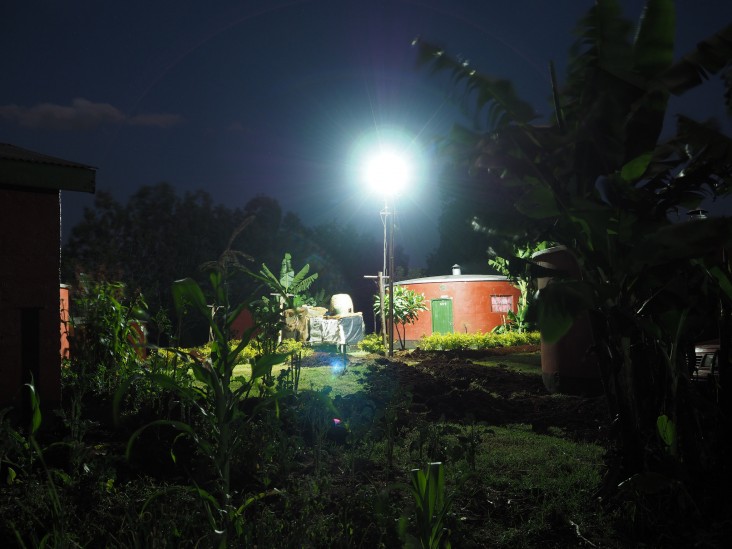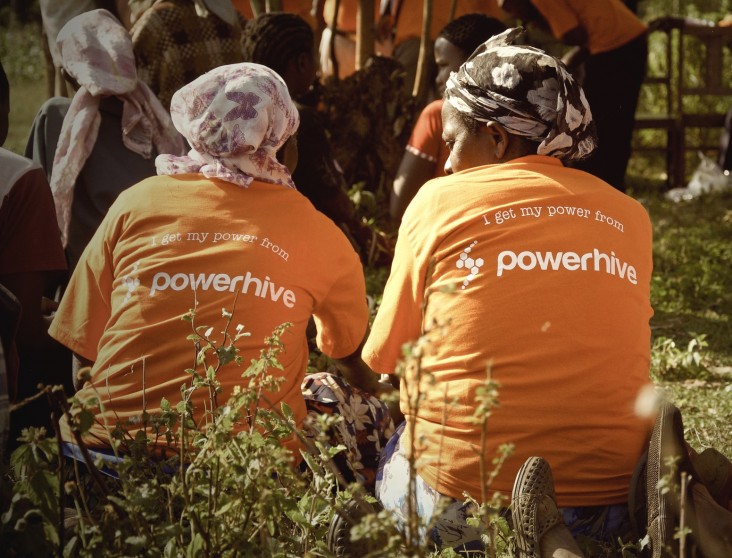 A PowerGen solar microgrid in rural Kenya
PowerGen
A PowerGen solar microgrid in rural Kenya
PowerGen
 A PowerGen solar microgrid in rural Kenya
PowerGen
A PowerGen solar microgrid in rural Kenya
PowerGen
Speeches Shim
Expanding access to electricity in 60 million homes and businesses in sub-Saharan Africa is taking on a new look.
Some countries, like Kenya and Côte d’Ivoire, have made rapid progress in connecting households to their central power grids. However, for many communities across the continent, especially those in rural areas, the grid is still remote and may never arrive.
These communities require a different solution.
Power Africa, a U.S. Government-led partnership to double access to electricity in the region by 2030, focuses on both adding new electricity generation capacity and accelerating the number of people who have access to electricity. To meet the 60 million new connections goal, Power Africa believes two types of interventions are needed—expanding and accelerating grid roll-out efforts and scaling off-grid energy through solar home systems and microgrids.
Power Africa launched Beyond the Grid in June 2014 at the U.S.-Africa Energy Ministerial in Ethiopia to accelerate off-grid electricity access reaching 25-30 million households and businesses that likely will not be grid-connected by 2030.
Microgrids represent an exciting electrification solution because they provide high-quality power for an entire village and can provide electricity services to households and businesses even in the most rural parts of Africa. By providing reliable and affordable electricity to communities, microgrids also enable entrepreneurship and help existing businesses grow.
But what exactly do they look like? In sub-Saharan Africa, microgrids can run on solar, hydropower, biomass or diesel power, and may use multiple sources of power to lower costs and increase availability. Some microgrid companies are piloting systems with remote monitoring, smart metering controls, energy-efficient appliances and mobile payment capabilities. By connecting a village to electricity through a connected microgrid, it can provide grid-quality reliable power.
No two microgrids are identical as they are implemented to meet each community’s needs—some use just solar and batteries, others use microhydro with solar and diesel generators. Microgrids can supplement household solar systems or the central grid, or replace kerosene for lighting, or provide new electricity without other sources of power. In East Africa, common microgrids are 10-20 kilowatts and serve over 100 new connections.
Powering Up
Power Africa partners with several microgrid companies that are already having significant positive effects on the communities where they operate.
PowerGen Renewable Energy is a leading microgrid developer, deploying systems utilizing solar and storage resources in parts of East Africa that lack traditional grid access. Its microgrids allow customers to pre-pay for electricity using mobile money. This significantly improves customer convenience, improves the company’s ability to monitor sales, and makes service more affordable for low-income households. The company has installed 40 such grids across sub-Saharan Africa, providing more than 1,000 homes and businesses with affordable and reliable electricity.
Teresa Mpetti, a single mother of five in rural Kenya, uses PowerGen’s microgrid technology to power her home and two small businesses—one that sells cold drinks and the other a salon. As she explains, electricity wasn’t always available in her Masai Mara community, which presented many challenges.
“Life came to a standstill the minute it became dark outside,” she says. “Because of safety, I had to close my business by 6 p.m., making it very difficult for me as a single mother supporting my family.”
With a microgrid in her town, Teresa has had electricity for the past two years and can keep her businesses open long after dark. The combination of higher revenues and a reliable, 24-hour electricity supply allowed her to take out a loan to buy a refrigerator, increasing her beverage sales fivefold. “We never used to have cold sodas here,” she said.
But it didn’t stop at cold sodas. The microgrid-powered television in her shop attracts new customers. “Here, far from Narok, there was nothing like having a salon. Since PowerGen came, and with my increased business sales, I was able to open a salon with a hair dryer, blow-dryer, and I am getting a lot of business with good returns,” she added.
Access to electricity has also encouraged entrepreneurship and enabled new economic activity among Teresa’s neighbors. Her community now includes 14 other shops and businesses connected to power by PowerGen.
“With all this light, our area has become a small bright town with flourishing businesses,” said Teresa. “Our community is now like a small town. This is very good for us and our children.”
Access to affordable, reliable and sustainable energy is critical to ending extreme poverty and spurring economic growth. There is a close correlation between income levels and energy access—countries with a large proportion of the population living on an income of less than $2 per day tend to have low electrification rates. However, as Teresa’s success exemplifies, gaining access to electricity can unlock economic growth and business development.
Powerhive, another Beyond the Grid partner, works with utilities and independent power producers to provide access to affordable and reliable microgrid electricity. Powerhive Site Manager Absolom Onkui says accessing electricity for the first time has opened doors for friends and neighbors in his community in Kisii County, Kenya.
“So many people in the rural areas have never used electricity,” he said. “And for the first time, they are all connected. They were really happy because they could just touch a switch and suddenly there is light.”
Despite the success of companies like PowerGen and Powerhive, widespread use of microgrids will require policymakers to address a number of key challenges. Policies that recognize the private sector’s role in electrification are critical. Governments must work with microgrid companies to provide clarity around where and when the central grid will be expanded, and to create space for commercial operations and innovation in the regions where off-grid solutions make sense.
Stories of people like Absolom and Teresa remind us of the human dimension to the critically important issue of electricity access. They also highlight the immense progress that has already been made.
We can achieve universal electricity access in Africa, but only with continued partnership between the public and private sectors in both on-grid and off-grid energy resources.






Comment
Make a general inquiry or suggest an improvement.